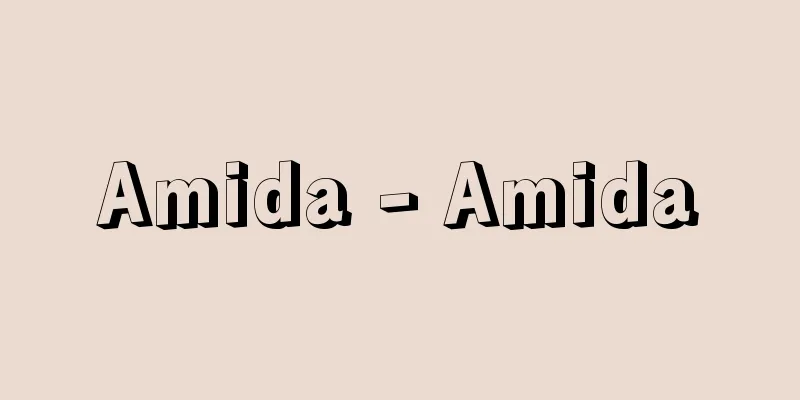Conic section

|
A general term for the plane curves of the cut surface of a right circular cone when it is cut with a plane that does not pass through the apex. There are two lines m and l that intersect at a point O in space. When the line l rotates once around the line m as its axis, the line l (generator) draws two right circular cones above and below the point O (apex). Depending on the inclination of the plane that cuts it, an ellipse, a parabola, or a hyperbola can be created. When the cutting plane is parallel to the generator, it is a parabola. When it is not parallel to the generator, if the cut surface is only on one side of the cone surface, it is an ellipse, and if it appears on both the top and bottom, it is a hyperbola. Since the curve of the cut surface of a cone cut with a plane perpendicular to the axis m is a circle, a circle can be considered a special type of ellipse. If point O is considered to be a light source, the shadows on each cutting plane when the light emitted from the light source is blocked by a circle are ellipses, parabolas, and hyperbolas. In this sense, in projective geometry, these three types of curves cannot be distinguished from each other, that is, they are considered to be "projectively congruent to each other." Ellipses, parabolas, and hyperbolas, which are sections of a right circular cone, were already known in Greece around 300 B.C. Apollonius in particular wrote the eight books of "De Conic Sections," in which he investigated in detail the properties common to these three types of curves. Much later, the French mathematician Pascal made a great contribution by studying conic sections from the standpoint of projective geometry. After analytical geometry was introduced in the 17th century, conic sections were understood to be quadratic curves as the set of solutions to quadratic equations in x and y, and they began to be studied from an analytical standpoint. [Tachibana Shunichi] [Reference] |Source: Shogakukan Encyclopedia Nipponica About Encyclopedia Nipponica Information | Legend |
|
直円錐を頂点を通らない平面で切ったときの切り口の平面曲線の総称。空間の1点Oで交わる直線mとlがある。直線mを軸として直線lを1回転するとき、直線l(母線)は、点O(頂点)の上下に二つの直円錐を描く。これを切る平面の傾きによって、楕円(だえん)、放物線または双曲線ができる。切る平面が母線に平行なときは放物線になる。母線に平行でないときは、切り口が円錐面の一方だけにあれば楕円、上下両方に現れれば双曲線である。円錐の軸mに垂直な平面で切った切り口の曲線は円であるから、円は楕円の特別なものと考えられる。点Oを光源と考えれば、光源から発する光を円で遮ったときのそれぞれの切断平面上の影が楕円、放物線、双曲線ということでもある。この意味から射影幾何学では、これら3種の曲線は互いに区別できない、すなわち「互いに射影的に合同」としている。直円錐の切り口としての楕円、放物線、双曲線は、紀元前300年ころのギリシアですでに知られていた。とくにアポロニウスは『円錐曲線論』8巻を著し、これら3種の曲線に共通な性質を詳しく調べている。 その後、時代がずっと下って、フランスの数学者パスカルは円錐曲線を射影幾何学の立場から研究し大きな貢献をした。17世紀に解析幾何学が導入されてからは、円錐曲線はx、yの二次方程式の解がつくる集合として二次曲線であることがわかり、解析的立場からも研究されるようになった。 [立花俊一] [参照項目] |出典 小学館 日本大百科全書(ニッポニカ)日本大百科全書(ニッポニカ)について 情報 | 凡例 |
<<: "Theory of Conic Sections"
Recommend
Preobrazhensky
Russian politician and economist. Born into a cler...
Saint-Denis (Reunion Island) (English spelling) Saint Denis
...However, the self-sufficiency rate for food su...
Rosie - Joseph Losey
British film director of American origin. Born in...
Alexandre Koyré
French historian of scientific thought. Born in T...
Tanuki - Raccoon dog
1. A mammal of the canine family. Head and body le...
"Chinese Language Compilation" - Kago Suihen
…Even after the 1933 revision, when the title was...
Mayor, F.
...A device that uses electronics to monitor the ...
Knäred (English spelling)
…His father fought against Sigismund III, King of...
Utagi Kengyo
A blind musician in the mid-Edo period. His capita...
Kaibei
…Young leaves are boiled and eaten, and used as a...
Diaconus, P. (English spelling) DiaconusP
…Festus’s “On the Meaning of Words” arranged word...
Carrying skills
…(2) Debana waza: A technique in which you strike...
rhizophore
…Aerial roots that have developed a special struc...
Torahiko Terada
Physicist and essayist. He achieved great success...
Hamburg steak
Hamburger steak, or simply hamburger, is a type of...









